Differences between fan coil and split
Despite their common goal of regulating indoor temperatures, these systems operate on fundamentally different principles and offer unique advantages and disadvantages. This article aims to demystify these two systems, providing a clear, comparative analysis of fan coil units and split AC systems. Whether you’re a homeowner, a business operator, or an HVAC enthusiast, understanding the key differences between these systems is crucial in making informed decisions about which type suits your specific needs.
What is fan coil?
A fan coil unit, often abbreviated as FCU, is a simple device consisting of a heating or cooling coil and a fan. It’s part of an HVAC system, primarily used to regulate the temperature in individual spaces within a building. The way a fan coil unit works is relatively straightforward. It circulates air from the room over a coil, either heating or cooling it before pushing it back into the room.
The coils in a fan coil unit are connected to a central HVAC system and can be used either for heating or cooling. This flexibility is one of the unit’s main advantages. In a cooling cycle, the coil is filled with a refrigerant that absorbs heat from the air, whereas in a heating cycle, hot water or steam is used to warm the air.
One of the distinguishing features of fan coil units is their localized control. They are often installed in individual rooms or zones, allowing for temperature control in specific areas without affecting the entire building. This makes them an efficient choice for multi-room buildings like hotels, offices, or apartment buildings, where different rooms may have varying temperature requirements.
Fan coil units come in various sizes and configurations, including horizontal (ceiling-mounted) and vertical (floor-mounted) models, making them versatile for different room layouts and space constraints. They are typically less expensive to install than more complex HVAC systems, as they don’t require extensive ductwork. However, their maintenance can be more hands-on, requiring regular cleaning and servicing to ensure efficient operation.
What is split?
As we read in the article “what is split air conditioner?“, a split system is a type of air conditioning system commonly used in residential and small commercial buildings. The term “split” refers to its design, where the system is divided into two main components: an outdoor unit and an indoor unit. The outdoor unit contains the compressor and condenser, while the indoor unit, typically mounted on a wall or ceiling, houses the air handler and evaporator coil.
The split system operates by transferring heat between the indoor and outdoor environments. During the cooling cycle, the indoor unit’s evaporator coil absorbs heat from the interior air and transfers it outside to the condenser. Conversely, in heating mode, the process is reversed, with the outdoor unit extracting heat from the outside air and transferring it indoors. This heat exchange is facilitated by a refrigerant circulating through a closed loop between the two units.
One of the key advantages of split systems is their energy efficiency. Unlike traditional central HVAC systems, which lose energy through ductwork, split systems directly cool or heat the air in a specific area, reducing energy loss. This direct approach also allows for more precise temperature control and can lead to significant energy savings.
Another benefit of split systems is their relatively easy installation. The indoor and outdoor units are connected by small pipes and electrical wiring, eliminating the need for extensive ductwork. This makes split systems a popular choice for retrofitting in buildings where installing ductwork would be impractical or too expensive.
Split systems also offer a quiet operation, especially compared to window units, as the noisiest component, the compressor, is located outside. This makes them an attractive option for bedrooms, offices, and other quiet spaces.
What are the advantages and disadvantages of fan coil?
Fan coil units, much like any other HVAC system, come with their own set of advantages and disadvantages. It’s important to understand these to determine if they are the right choice for your specific heating and cooling needs.
Advantages of Fan Coil Units
- Localized Control: Fan coil units offer individual control of temperature in each room or zone. This is particularly beneficial in buildings where different areas have varying heating or cooling needs.
- Easy Installation: Compared to more complex HVAC systems, fan coils are simpler to install. They require minimal ductwork, making them a good choice for retrofitting in existing buildings or in structures where extensive ductwork installation is impractical.
- Cost-Effective: Generally, fan coil units are less expensive to install than centralized HVAC systems. This cost-effectiveness makes them an attractive option for budget-conscious projects.
- Versatility in Design: Available in various sizes and configurations, fan coil units can be adapted to different spaces and requirements. Horizontal and vertical designs allow for flexibility in placement, whether in a ceiling void or on the floor.
- Independent Operation: Each unit operates independently. If one unit fails, it does not impact the functioning of other units in the building, ensuring uninterrupted climate control in other zones.
Disadvantages of Fan Coil Units
- Noise Levels: Fan coil units can be noisier than other HVAC systems. The noise is primarily due to the fan operation within the unit, which might be disruptive in quieter environments like bedrooms or libraries.
- Regular Maintenance: These units require more frequent maintenance, including regular cleaning and servicing of filters, coils, and fans. Neglecting maintenance can lead to reduced efficiency and shorter lifespan.
- Aesthetic Considerations: Fan coil units may be more visible and less aesthetically pleasing than other HVAC options. This can be a consideration in spaces where interior design is a priority.
- Energy Efficiency: While fan coil units are efficient on a local scale, they may not be as energy-efficient as more modern centralized systems, especially if not well-maintained.
- Air Quality Control: Compared to centralized systems, fan coil units have limited capabilities in terms of air filtration and humidity control. This can be a downside in environments where air quality is a critical concern.
What are the advantages and disadvantages of split?
Split systems, just like any other heating and cooling solution, have their own advantages and disadvantages. Understanding these is crucial in determining whether a split system is the ideal choice for your specific requirements.
Advantages of Split Systems
- Energy Efficiency: Split systems are generally more energy-efficient than traditional HVAC systems, especially those with ductwork. The direct air transfer to specific areas reduces energy loss, potentially lowering utility bills.
- Quiet Operation: The noisiest component of a split system, the compressor, is located outside. This separation results in quieter operation inside, making split systems ideal for environments where noise is a concern, such as bedrooms and offices.
- Easy Installation: Unlike systems that require extensive ductwork, split systems can be installed with minimal structural alteration. The connection between the indoor and outdoor units requires only a small hole for the piping and wiring, simplifying the installation process.
- Versatile Placement: The indoor units of split systems can be installed in various locations, including walls and ceilings. This flexibility allows for better integration into the aesthetic and functional design of a room.
- Individual Control: Each indoor unit operates independently, offering personalized temperature control in different rooms or zones. This is particularly beneficial in buildings where different areas have varying heating or cooling needs.
Disadvantages of Split Systems
- Higher Initial Cost: Generally, split systems are more expensive upfront compared to traditional air conditioning units like window ACs or portable AC units. The cost can increase with the number of indoor units required.
- Aesthetic Impact: The indoor units of split systems, while versatile in placement, are still visible and may not blend seamlessly into every interior design. This can be a drawback for those prioritizing aesthetics.
- Requires Professional Installation: The installation of a split system, involving refrigerant handling and electrical connections, typically requires a professional. This is a contrast to simpler systems like window ACs that can be DIY-installed.
- Limited Heating Capability: While some split systems offer heating, they may not be as effective in extremely cold climates compared to dedicated heating systems. Their efficiency can decrease in very low temperatures.
- Maintenance Needs: Regular maintenance is necessary to ensure efficiency and longevity of the system. This includes cleaning filters and servicing the units, which might require professional assistance.
What are the differences of fan coil and split?
The differences between fan coil units and split systems lie primarily in their design, installation, operation, and overall functionality within a building’s HVAC system. Here’s a breakdown of the key distinctions:
System Design and Components:
- Fan Coil Units: These consist of a fan and a coil (for heating or cooling) and are typically part of a larger HVAC system. They require a central heating/cooling source to which they are connected via piping.
- Split Systems: A split system has two main components: an outdoor unit (housing the compressor and condenser) and an indoor unit (containing the evaporator and air handler). They operate as a self-contained system for a particular zone or room.
Installation and Ductwork:
- Fan Coil Units: They usually require some ductwork for air distribution, although less extensive than central HVAC systems. Installation can be simpler compared to fully ducted systems.
- Split Systems: These systems typically don’t require traditional ductwork, as the indoor unit directly cools or heats the space. Installation involves connecting the indoor and outdoor units with electrical wiring and refrigerant piping.
Energy Efficiency:
- Fan Coil Units: While efficient on a local scale, they may not be as energy-efficient as split systems, especially if maintenance is neglected.
- Split Systems: Generally, more energy-efficient due to direct air transfer and reduced ductwork, leading to less heat loss and better control over the conditioned space.
Operational Noise:
- Fan Coil Units: They can be noisier due to the fan operation within the unit, which might be more noticeable in a quiet environment.
- Split Systems: These are generally quieter, especially inside the building, as the noisy compressor component is located outside.
Control and Flexibility:
- Fan Coil Units: Offer localized control of heating and cooling in individual rooms or zones, but are part of a central system and rely on a central source for heating/cooling.
- Split Systems: Provide independent control in each room or zone where they are installed, with no reliance on a central system. This allows for more personalized temperature settings in different areas.
Aesthetic and Space Considerations:
- Fan Coil Units: They may be less aesthetically pleasing and are typically more visible within a room. They come in various designs like ceiling or floor-mounted units.
- Split Systems: The indoor units are also visible but come in a variety of styles and can be more easily integrated into room decor. The outdoor unit requires outdoor space but is unobtrusive indoors.
Maintenance Requirements:
- Fan Coil Units: Require regular maintenance, including cleaning and servicing of filters, coils, and fans.
- Split Systems: Also need regular maintenance, particularly cleaning filters and servicing, but generally are seen as having lower maintenance needs than fan coil units.
Heating and Cooling Efficiency:
- Fan Coil Units: Their efficiency in heating and cooling can depend on the central system they are connected to and how well they are maintained.
- Split Systems: Tend to be highly efficient in cooling, and some models offer heating capabilities, though they may be less effective in extremely cold climates.
Conclusion
In conclusion, when deciding between fan coil units and split systems for your heating and cooling needs, it is crucial to consider the specific requirements and constraints of your space. Fan coil units, with their simplicity and localized control, offer a cost-effective solution ideal for multi-room buildings like hotels and offices. They provide a balance between functionality and ease of installation, though they come with higher noise levels and maintenance demands.
On the other hand, split systems stand out for their energy efficiency, quieter operation, and flexibility in installation and placement. They are well-suited for both residential and small commercial settings, offering individual room control without the need for extensive ductwork. While they may involve a higher initial investment, their operational efficiency and lower maintenance needs can provide long-term savings.
FAQs
- What is the primary difference between a fan coil unit and a split system? The primary difference lies in their design and operation. Fan coil units are simpler, consisting of a fan and a coil, and are part of a central HVAC system. Split systems are more autonomous, comprising an outdoor unit (compressor, condenser) and an indoor unit (evaporator, air handler), functioning independently without the need for a central system.
- Which is more energy-efficient, fan coil units or split systems? Generally, split systems are more energy-efficient. They directly cool or heat the air in specific areas, reducing energy loss associated with ductwork, unlike fan coil units that might be less efficient due to heat loss in the central system and ducts.
- Are split systems more expensive than fan coil units? Yes, typically split systems have a higher initial cost compared to fan coil units. This is due to their more complex design and the technology involved. However, their operational efficiency can lead to cost savings over time.
- Which system is better for a residential home? This depends on the specific needs and layout of the home. Split systems are often preferred for residential use due to their quiet operation, energy efficiency, and ease of installation without extensive ductwork. However, fan coil units can be suitable in certain multi-room residential setups.
- Can split systems provide both heating and cooling? Yes, many split systems are designed to provide both heating and cooling. However, their heating efficiency might decrease in extremely cold climates compared to dedicated heating systems.

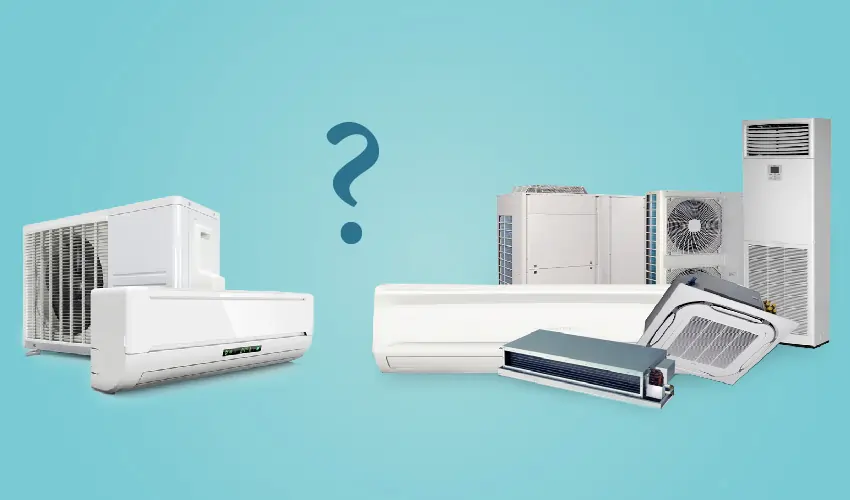






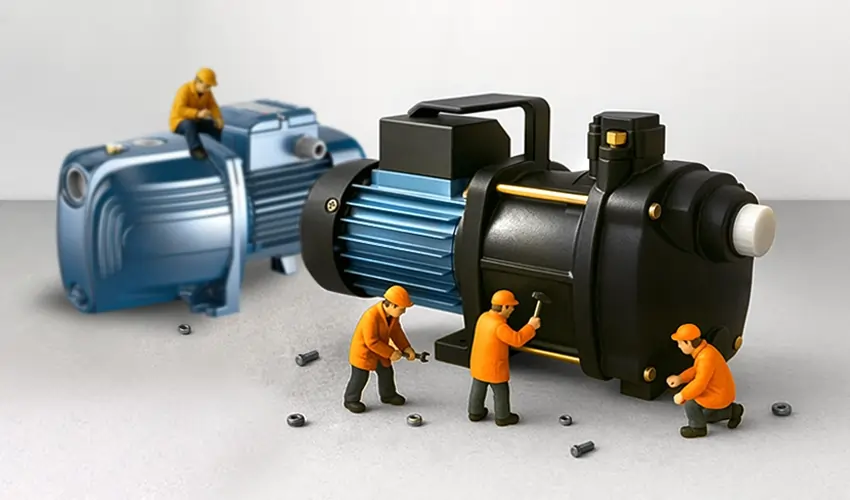

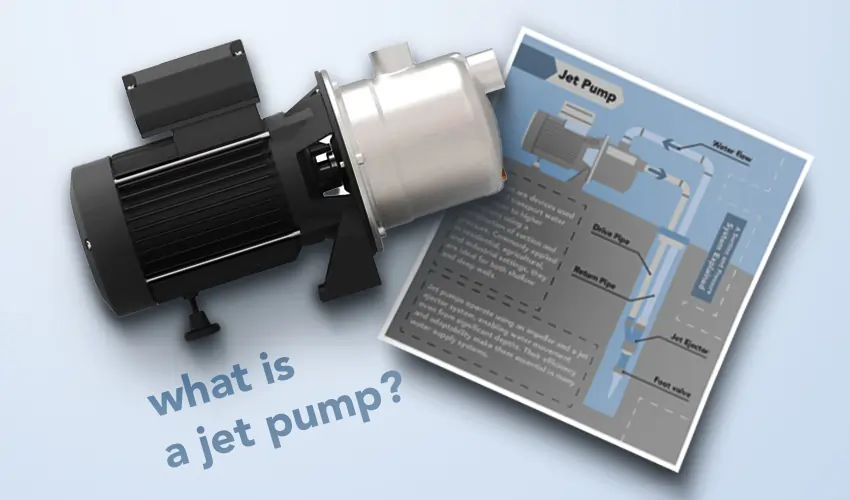
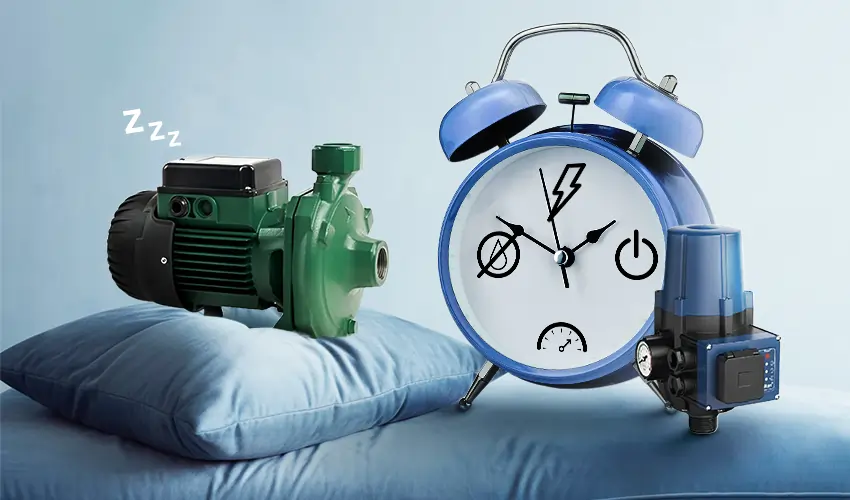
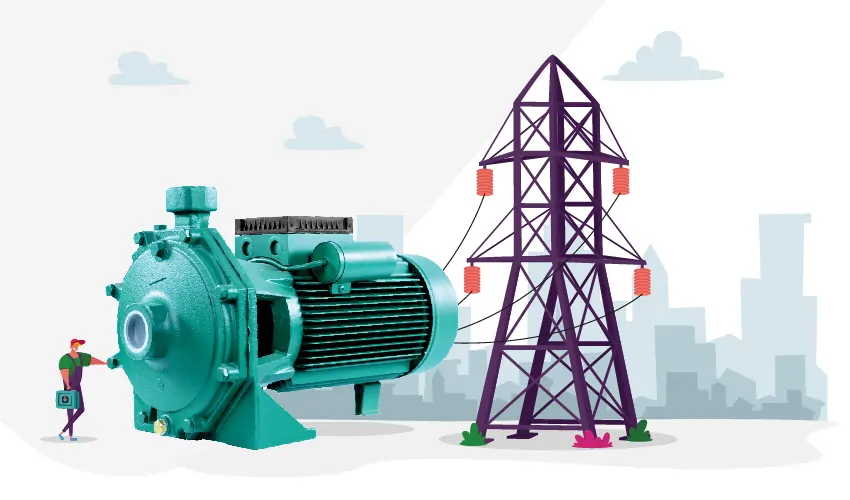



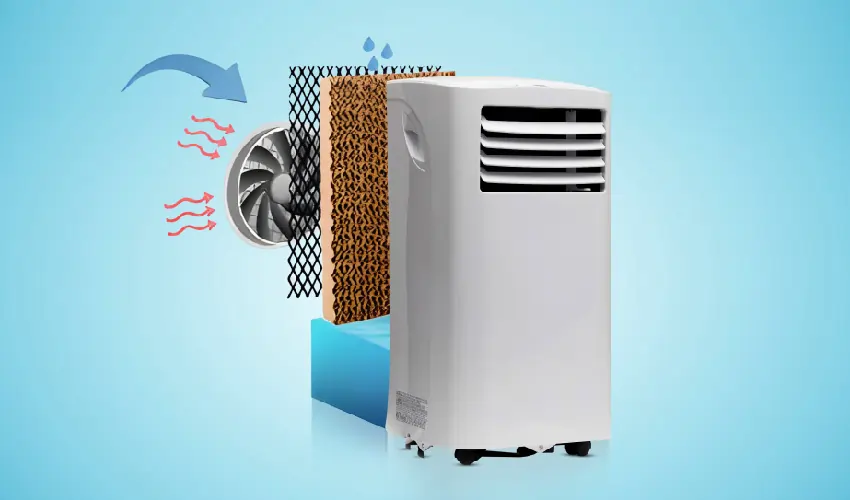
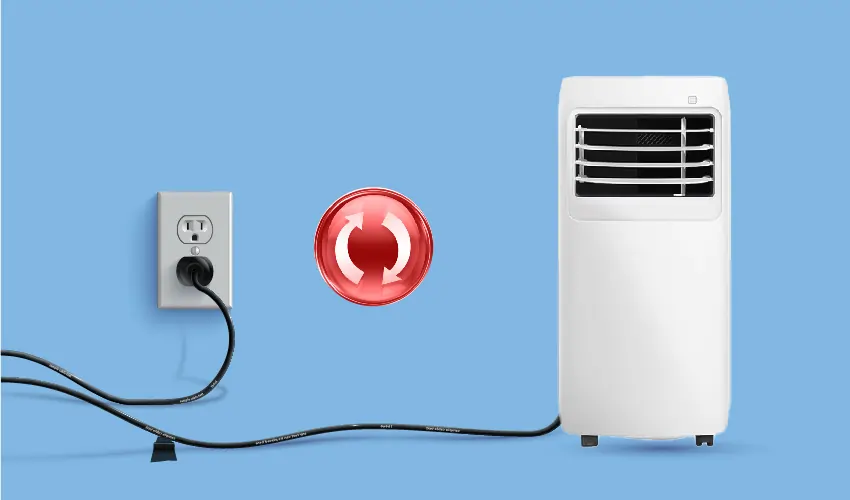
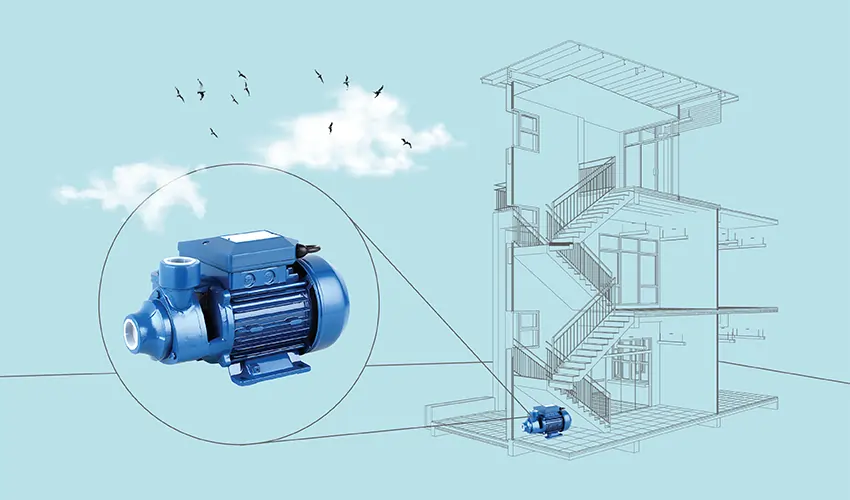

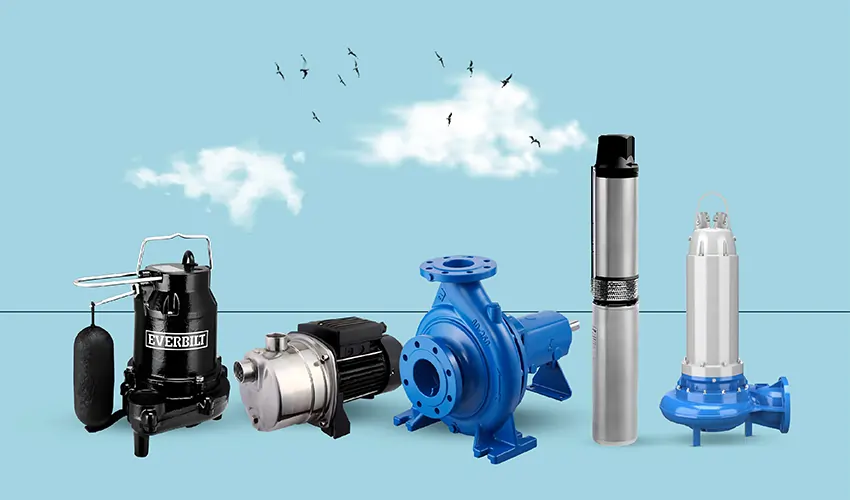
A split system (and mini-split system) is comprised of a fan coil unit and an outdoor condensing unit or heat pump unit. The wall mounted indoor unit you mention for comparison is simply a “ductless” wall mounted fan coil unit (fan and dx coil built-in). Your article would make more sense if you were to compare “ductless” fan coil units vs. ducted, or a central system vs. a split system (both utilize fan coil units). But a fan coil is part of a split system
Dear Jon David,
Thanks for the advice, we will consider your great opinion.